|
This is the latest in a series of blogs by a partnering cohort teacher. -- By Dr. Miriam Roth Douglas, Director Community Education Program, and Associate Professor in Community Education at West Liberty University. In April 2018, Ms. Lou Karas (Director of the Center for Arts and Education), Dr. Cathy Monteroso (Interim Dean of the College of Education and Human Performance), and MaryLu Hutchins (Education Director of the Fluency Project) invited me to participate in the “Data and Technology Fluency Project.” I could have not been more excited to be part of this great project! (Note: it is called project, but it is not a project ;-) as everyone involved will stress to you!). For this Data and Technology Fluency Project Blog, I would like to focus on four major aspects that stuck out to me throughout my work with leaders and educators in the “Project,” as well as my personal experiences and applications of the newly acquired knowledge in the Community Education Program: Think, Move, Connect Framework Fluency (Technologically and otherwise) Top 10 Skills 2020 Practical Implications (from a professional development and student perspective) Think, Move, Connect Framework The College of Education and Human Performance has an overarching motto of “Think, Move, Connect” that is applicable and transferrable to all our programs in the college. I very much liked the idea of embedding The Fluency Project in the Think, Move, Connect Framework. But how would a framework like this really look like? How could it embrace all the different aspects of all our programs in one framework? And more specifically, in my case, how could this framework fit the CEP philosophy, mission, vision and goals of learning? One aspect in specific stuck out to me: Personalizing problem-based learning. The CEP program bases most of its work, learning, and objectives on problem-based learning (besides others, e.g. experiential learning, etc.). As it was described in one of the handouts: “Fluency: Think, Move, Connect will build on The Community Robotics, Education and Technology Empowerment (CREATE) lab’s experience working with teachers and schools in creating new engagement pathways for technology and data fluency.” But how could this goal of personalizing problem-based learning be put into practice, especially with regards to the Community Education Program? Thanks to Ms. Lou Karas, and her Center for Arts and Education this challenge of the engagement of pathways for technology and data fluency appeared to be a natural fit. The CEP and Ms. Lou Karas hold a close collaboration and partnership, as we are so lucky to have Ms. Lou Karas as one of our two main professors in the Bachelors,’ as well as the MAED programs in Community Education. Fluency (Technologically and otherwise) Fluency from my perspective has to major aspects: technology and “otherwise.” Firstly, we want to raise a technologically fluent generation. As described by the CREATE Lab Satellite Network, it is not enough to be a technologically literate person, but a technologically fluent individual can use technology to meet various needs. The CREATE Lab distinguishes: Technologically fluent educators, as teachers that “use technology to grow their practices apply it in context-relevant ways, use it to identify diverse student talents and facilitate multiple learning pathways.” Technologically fluent students that “apply technology to study, communicate about, and impact issues of direct concern.” Secondly, we want to raise and educate a generation that is fluent “otherwise” (e.g. in equity, compassion, authenticity, and agency). From my point of view, this goals is only reached by applying the views that Michael Soskil’s is describing in his chapter “A Time of Unprecedented Change” in the collection of essays, Teaching in the Fourth Industrial Revolution, of combining the concepts of humanity and empathy with technological innovation for future prosperity (p. 20). Top 10 Skills 2020 Right with this combination of technology and other skills, the top 10 skills in 2020 come to mind (World Economic Forum):
This list of skills and their combination with technology provide the perfect mixture of concepts that our future student generation needs, to grow into successful individuals. One cannot, or should not, exist without the other. In the CEP we are trying to embed this in our Think, Move, Connect framework through the help of the Fluency Project. Practical Implications (Professional Development, Student Perspectives, and International Work) I believe practical implications of the latter described goal can be seen in our CEP by looking at three areas: Professional Development, Students Perspectives, and International Work. In this section, images will provide an insight into some of the work that is taking place. Professional Development: Attendance of workshops organized by Ms. Lou Karas “Unconference”: Play for change (October 30, 2018) Student Projects: Accidental Art – Exploration with polaroid cameras Labyrinth Design for Play Nooks on WLU Campus Children’s Museum of Wheeling – Exhibit Design Google Drive Links to a few student examples: The Glow Room iMotion Workshop International Work: During my Winter School Trip to Julius Maximilian University, Germany in February 2019, I was able to take a Theta Camera from The Center for Arts and Education to experiment with it. Thanks to Ms. Lou Karas, Dr. Cathy Monteroso, Dr. MaryLu Hutchins, and the whole team involved in the Fluency Project. You provide amazing opportunities that are very much appreciated!
References: Doucet, A., Evers, J., Guerra, E., Lopez, N., Soskil, M., & Timmers, K. (2018). Teaching in the Fourth Industrial Revolution: Standing at the Precipice. New York, NY: Routledge. 2019 January 30. World Economic Forum: Top 10 skills and workforce strategies in 2020. Human Resources. Retrieved June 13, 2019 from https://www.humanresourcesonline.net/world-economic-forum-on-the-top-10-skills-and-workforce-strategies-in-2020/ A Bachelor of Arts (B.A.) in Community Education Program prepares future leaders in all aspects of community education through the working and teaching in non-formal and informal learning environments, and/or non-profit organizations. Furthermore a Master of Arts in Education (M.A.Ed.) in Community Education: Research and Leadership, prepares individuals as professional educators, researchers, and leaders in non-formal environments
0 Comments
Leave a Reply. |
Archives
October 2020
Categories |

This work is licensed under a Creative Commons Attribution-NonCommercial-ShareAlike 4.0 International License.
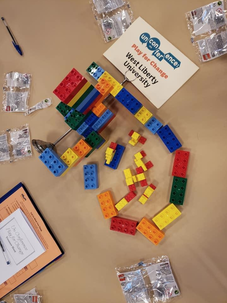
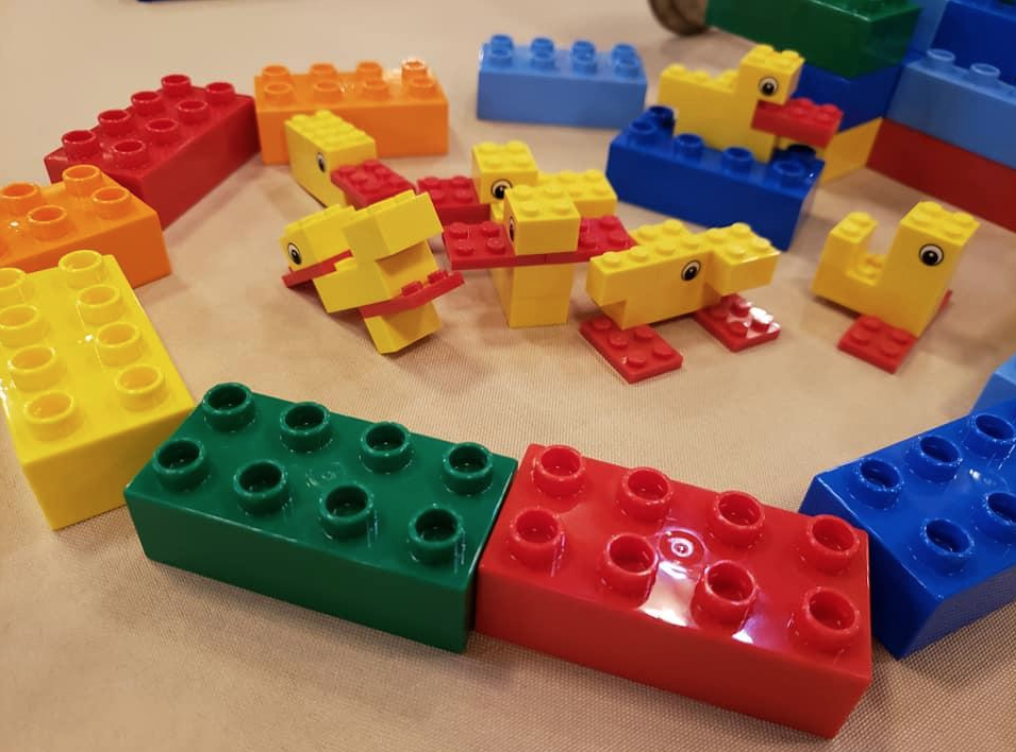
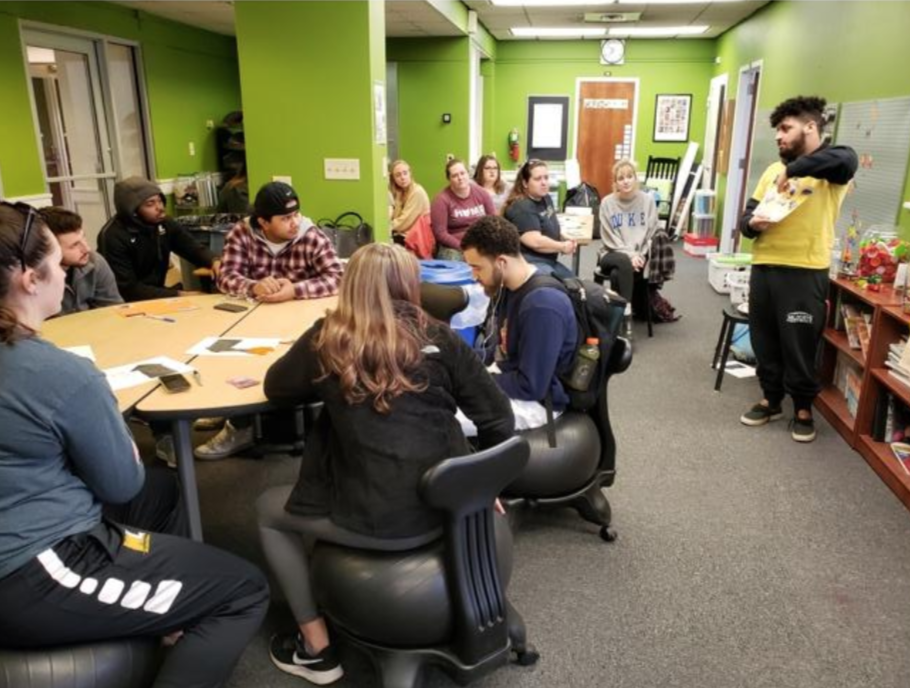
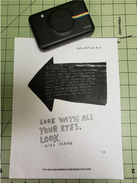
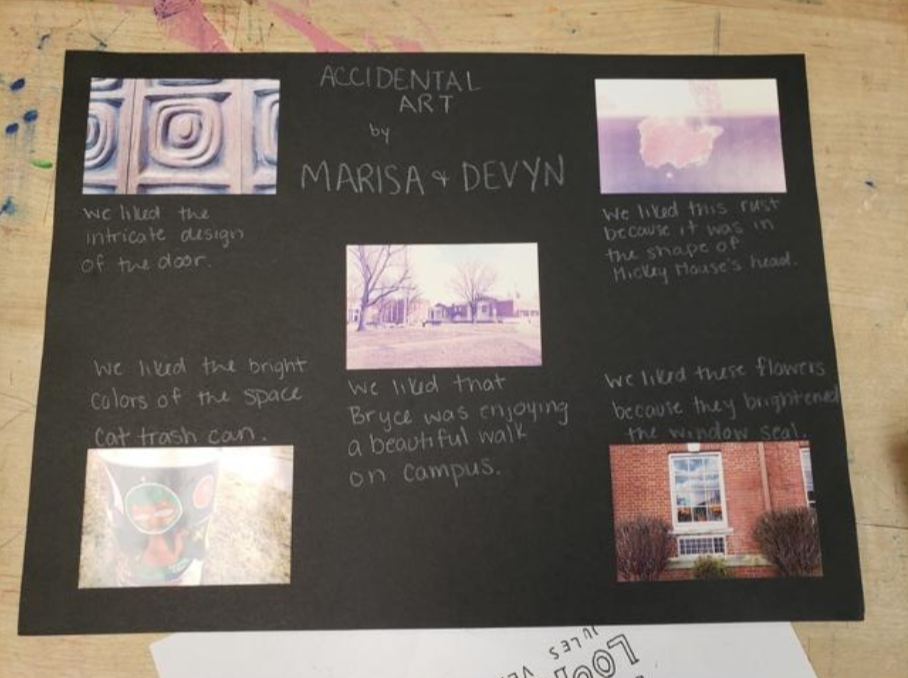

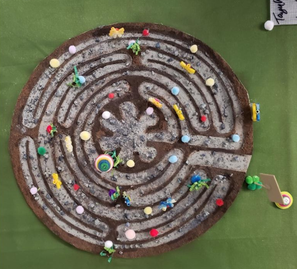
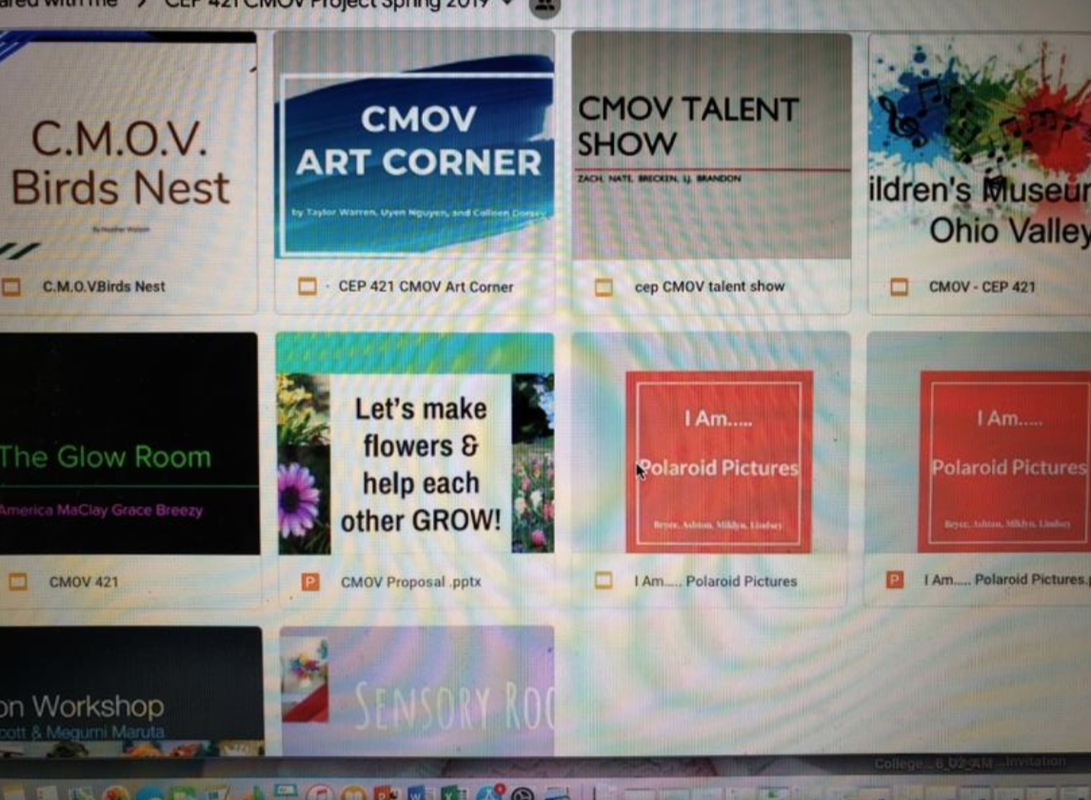
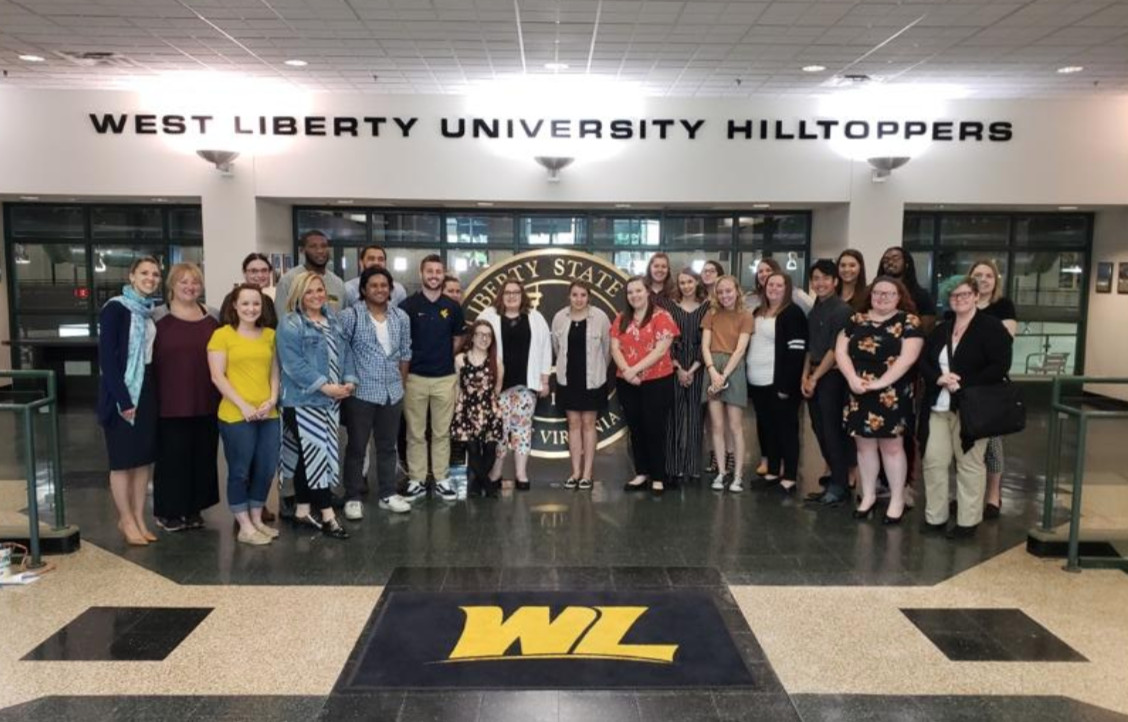
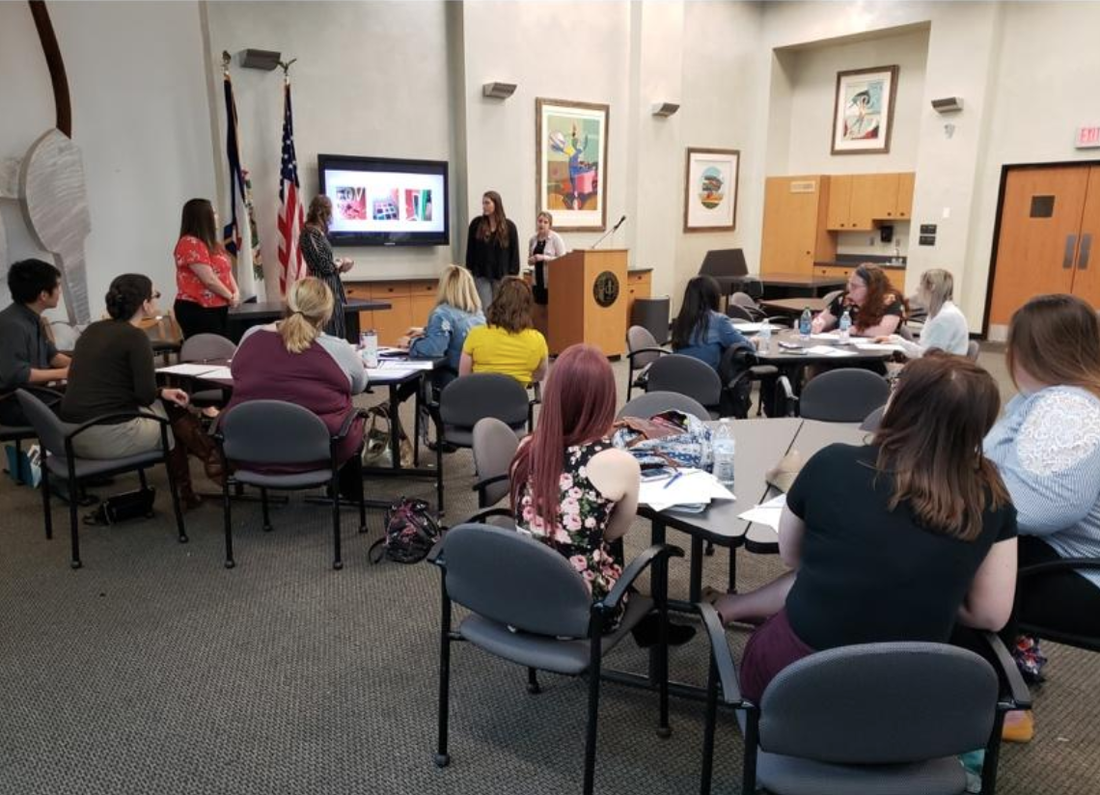
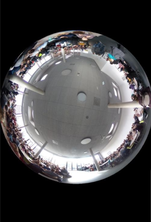
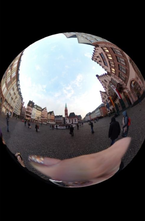
 RSS Feed
RSS Feed